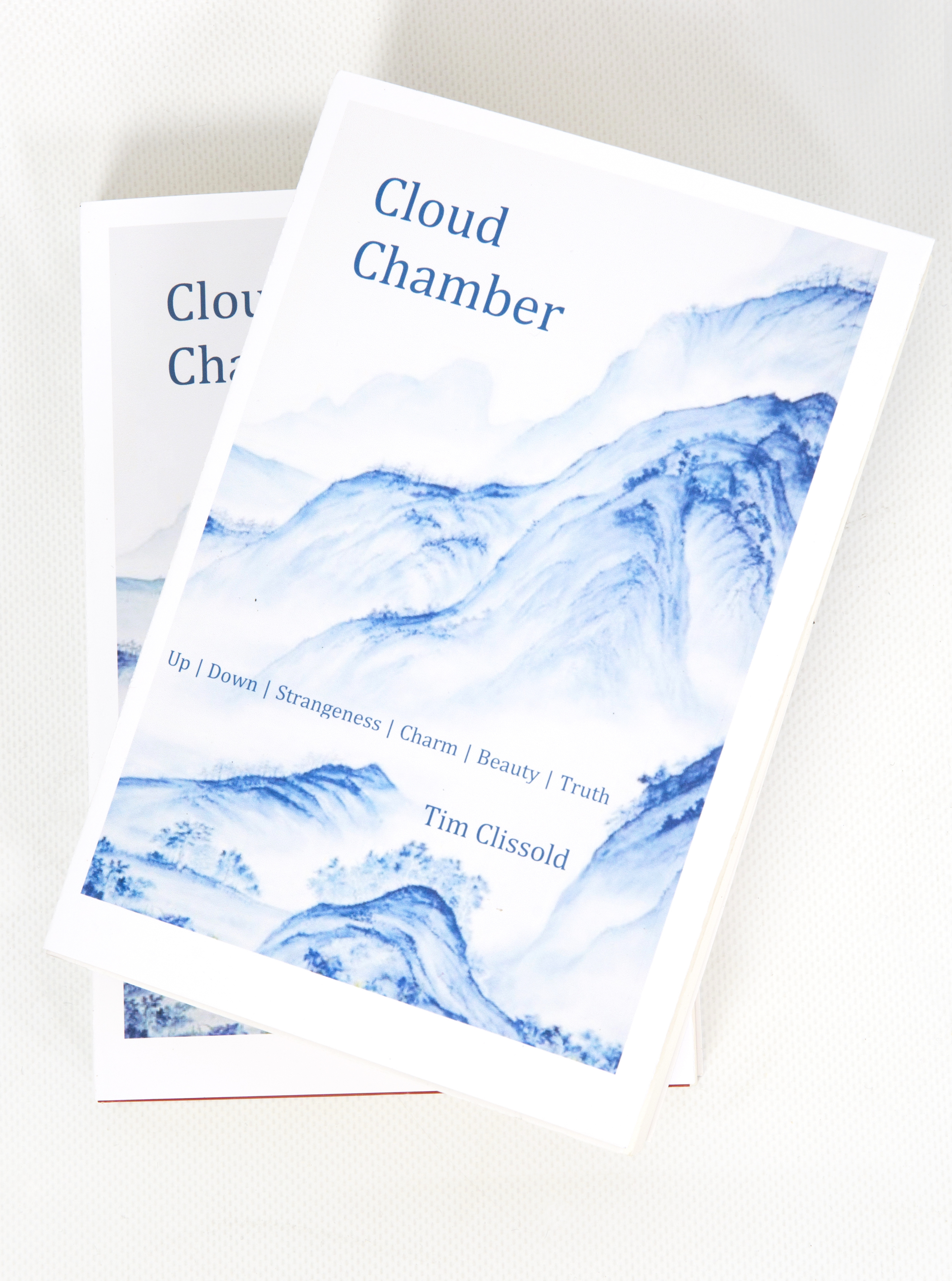A thousand years ago, Chinese poets captured their experiences and imaginations in strangely ambiguous verses. In striking relevance to today, they wrote of the suffering of refugees fleeing the warzone; of social injustices, like tax evasion, the homeless, the dispossessed. They excoriated incompetent governments for failing to provide for the people; they complained about unsustainable logging; some were tried for free speech. Their concerns seem eerily like those of our own.

Ten centuries later, physicists developed a Standard Model of Particle Physics based on the idea that all of matter consists of six elemental particles called quarks. These quarks, which are all but impossible to observe in our own world are called:-
Up | Down | Strangeness | Charm | Beauty | Truth
These ancient poems from China, like quarks, cannot be viewed alone. They can only be understood as combinations set into their own context. Mathematicians might protest at the analogy between poetry and subatomic particles; there is clearly no connection between modern-day physics and Tang dynasty poetry. Or is there?
This book shows that just as quarks form the timeless building blocks of the universe, these ancient poets describe the emotions and experiences that form the timeless building blocks of a human life.

